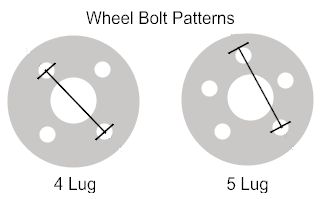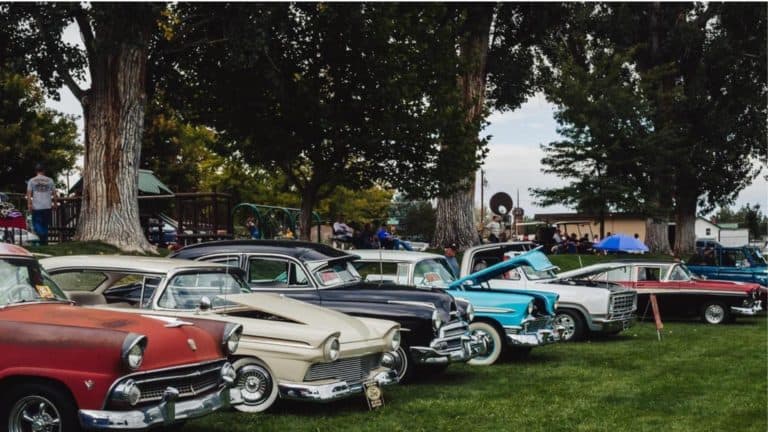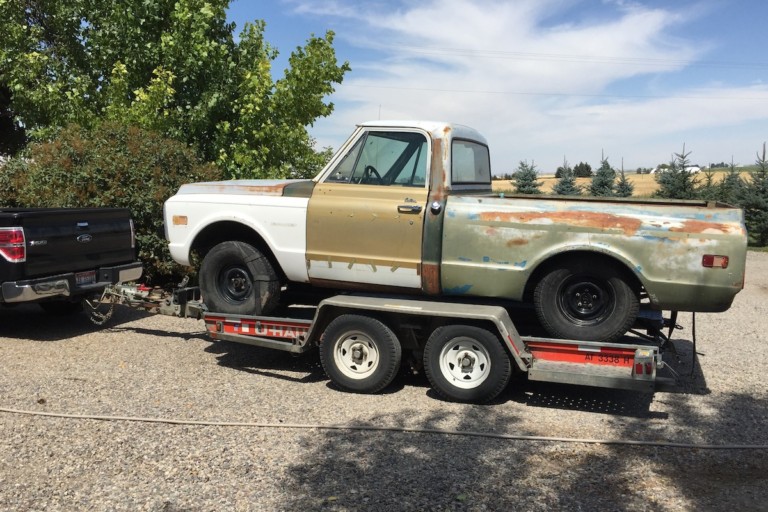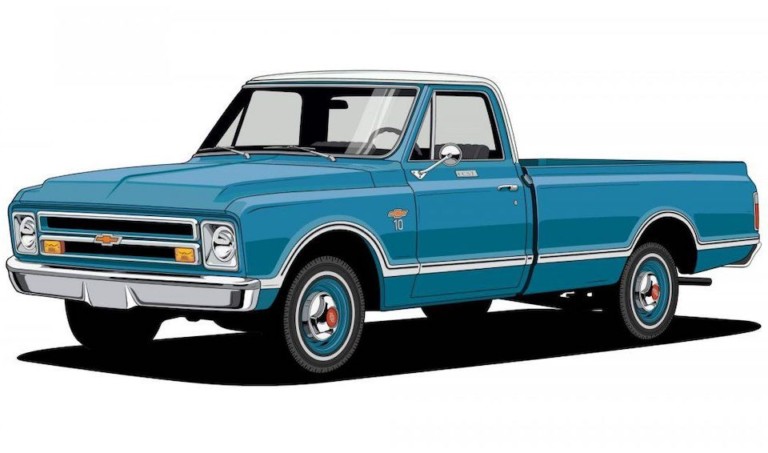Ultimate DIY Truck Builds: 9 Best Classic Pickup Models To Restore
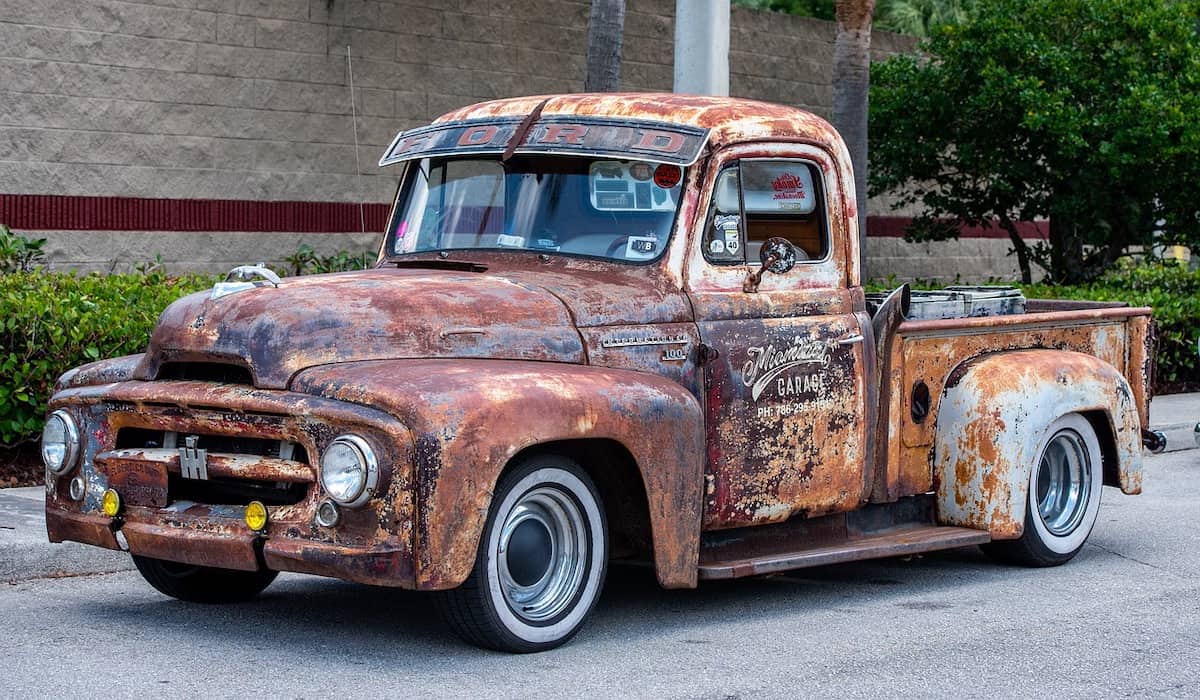
Everyone seems to have a favorite old truck. It may be the one that grandpa drove on the farm or it may be the one that sat in the driveway when you were growing up. Probably every vehicle has its fans.
There are certain models of classic trucks that are considered the most desirable and collectable by people interested in a restoration project. What are the top rated pickup truck models for restoration?
- 1967-1972 C10 GM/Chevy
- 1953-1956 F100 Ford
- 1947-1955 3100 Chevy
- 1967-72 Ford F-100’s
- 1960-1966 GM & Chevy
- 1960-1966 Ford F100
- 1946-1968 Dodge Power wagon
- 1969-1975 International D Series
- 1973-1987 GMC & Chevy
This post is all about these top rated classic pickup trucks.
1- GM/Chevy C10 Pickup Trucks 1967–1972
What makes the Second Generation Chevy C10 so collectible?
The C10s are the models from GM that are the most popular to build and the most numerous you will see from any truck line at the car shows. They are fairly easy to find and easy to work on with the least expensive replacement parts of all the brands built.
The 1967-1972 trucks carry on the improvements from the first generation with a sleeker more sought after look. These model years are plentiful to find but the more sought after Cheyenne models are becoming harder to find.
Because the Cheyennes come fully loaded with amenities such as AM/FM radios, AC, and deluxe interiors, they make a good investment truck as well as a great project truck. As with all GM products there are numerous after market parts available as well as OEM parts.

This new model C10 brought with it the the nickname “Action Line”. This is the line of trucks where GM went from being thought of as just a work truck to having more luxuries added similar to their top of the line cars. You could purchase the most plain jane work models up to the top of the line Cheyennes on the same truck lot.

The Chevrolet line equipped most models with rear coil spring trailing arm suspensions which greatly improved the ride over traditional leaf springs. The leaf spring rear suspension was still available on those trucks as an option, and standard on the 30 series trucks. The GMC brand trucks came standard with leaf springs in the rear, with the coil spring/trailing arm design optional. This gave these trucks a more car like ride.
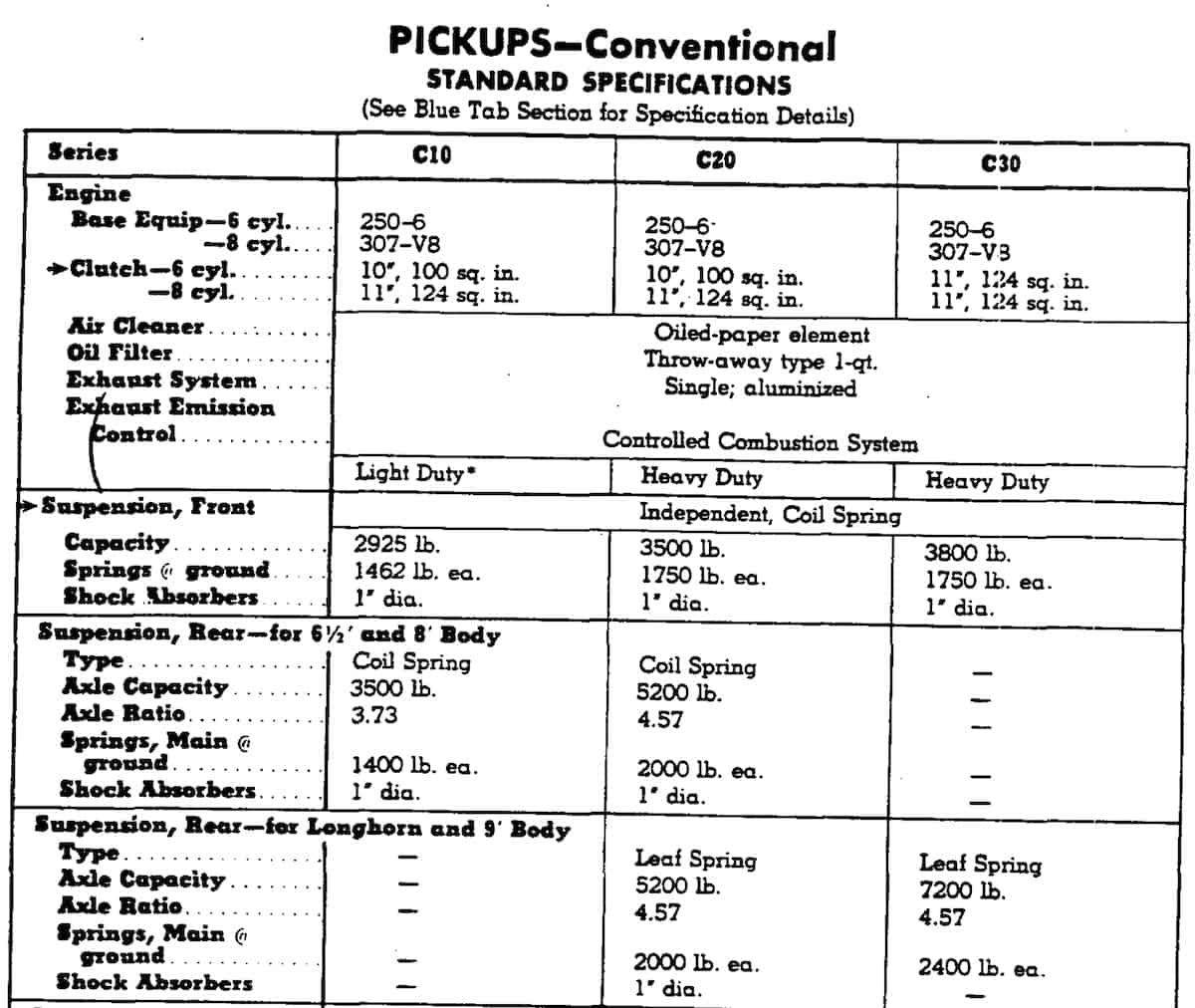
The standard transmission was a three speed manual with the C10 option of a three speed overdrive unit and several four speed manual transmissions were available. There were three automatic transmissions available for this truck series, the Powerglide 2-speed automatic, the turbo hydramatic 350 and 400 3 speed automatic.
The standard engines available were the 250 in line straight six or the 283 cu in V8. The 292 cubic inch straight six and the 327 cubic inch V8 were optional engines.
Also in 1968, the 307 and 396 CID V8’s were added. The 327 V-8 engine was dropped in 1969 and replaced with the 350 V8 rated at 255 horse power. For 1970 the 396, was enlarged to 402 cubic inches but was still called a 396.
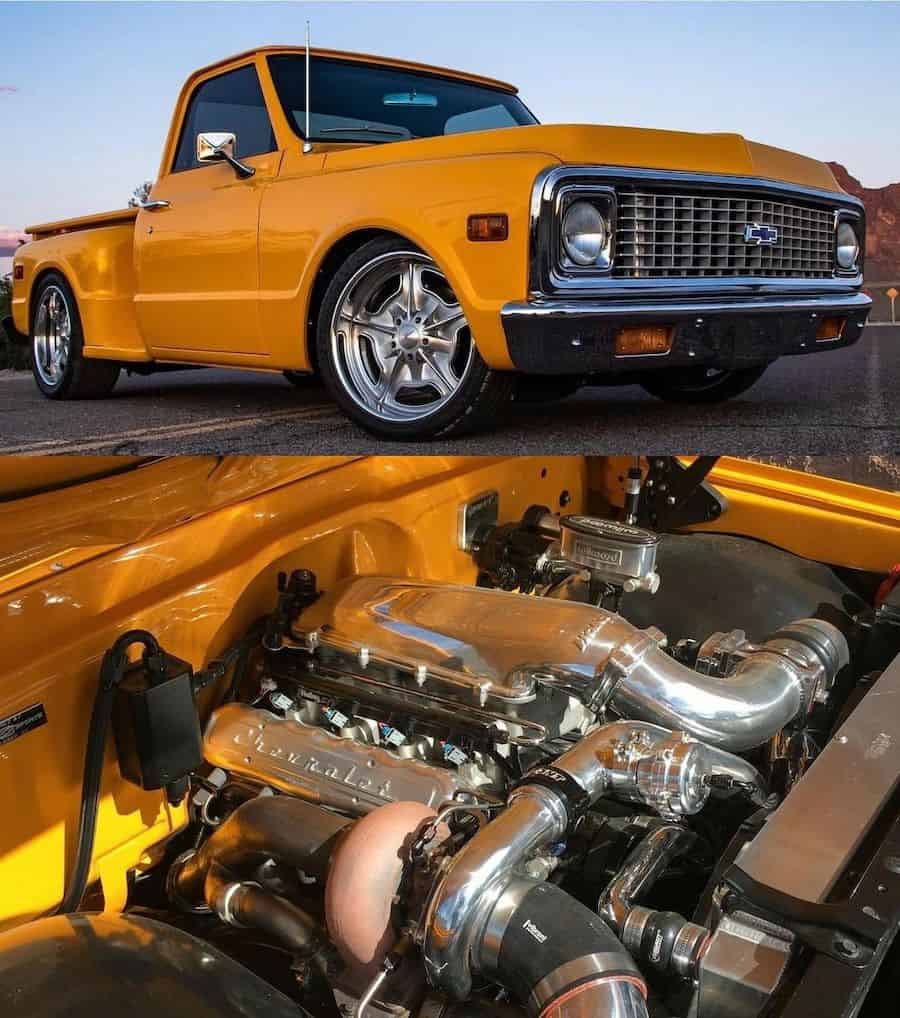
Here are the Chevrolet models in the first box and the GMC models in the second box with the years they were built. Anytime you can find the CST, Cheyenne, Cheyenne Super, Super Custom or Sierra Grande it may be wise to restore to original condition as they are becoming quite rare, especially in the 1/2 ton models.
| 67–70 | Standard | Custom | — | CST (Custom Sport Truck) |
| 1971 | Custom | Custom Deluxe | — | Cheyenne |
| late 1971–72 | Custom | Custom Deluxe | Cheyenne | Cheyenne Super |
| Years | Base | Mid-level | High-level | Top-line |
|---|---|---|---|---|
| 1967–71 | Deluxe | Custom | — | Super Custom |
| 1972 | Custom | Super Custom | Sierra | Sierra Grande |
Read more about the history of the C10 pickup in this post
2- Ford F-Series 1953-1956

The Second Generation Ford F-series truck is one of the most popular for restoring.
These Ford F-100s are not too hard to find and parts are fairly inexpensive and readily available. The rounded fender and smooth lines have made this body style a favorite of all the Ford lines built.
The 1953-56 F-100 is called the collector truck because of the large following it has. Compared to the first generation Fords, the cab is a lot roomier and has a more modern engine with more horsepower plus easier-to-drive transmissions.

For many truck enthusiasts it is the most popular truck to build. The drawbacks to this series is weak braking, poor power steering, and rough suspension. When this model is restored to original condition they might not make the most comfortable daily driver.
Ford produced large numbers of these models every year so they can still be found at a “reasonable” price. These trucks can be quite prone to rust so be aware of the cab corners, door jambs and above the windshields.

For this series Ford came out with many new optional interior amenities including a dome light, lighter, arm rests, sun visors and a radio.
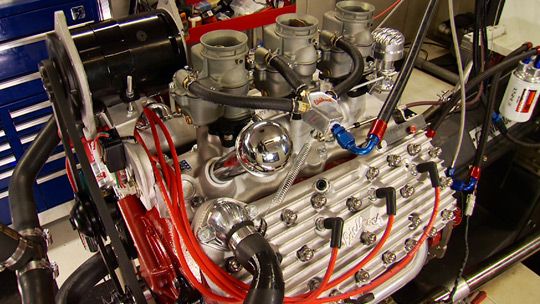
1954 was the last year in the United States that the flathead V8 was still used in production although they still were available in the Mercury model in Canada. Here is are the engine options and years they were available:
| Engine | Years | Power |
|---|---|---|
| 215- cubic inch Inline 6 | 1953 | 101 hp |
| 239- cubic inch V8 | 1953 | 100 hp |
| 223- cubic inch Inline 6 | 1954–55 | 115 hp |
| 239- cubic inch V8 | 1954–55 | 130 hp |
| 223- cubic inch Inline 6 | 1956 | 137 hp |
| 256- cubic inch V8 | 1955 | 140 hp |
| 272- cubic inch V8 | 1956 | 172 hp |
| 279- cubic inch V8 | 1954-56 | 152 hp |
| 317- cubic inch V8 | 1954-56 | 170 hp |
| 368- cubic inch V8 | 1956 | 300 hp |
Early in 1953 the Ford-O-Matic automatic transmission became an option on some of Fords lighter duty models. Here is a list of the transmissions Ford used during this model run:
- Heavy-duty 3-speed manual
- 3-speed automatic
- 4-speed manual
- Ford-O-Matic
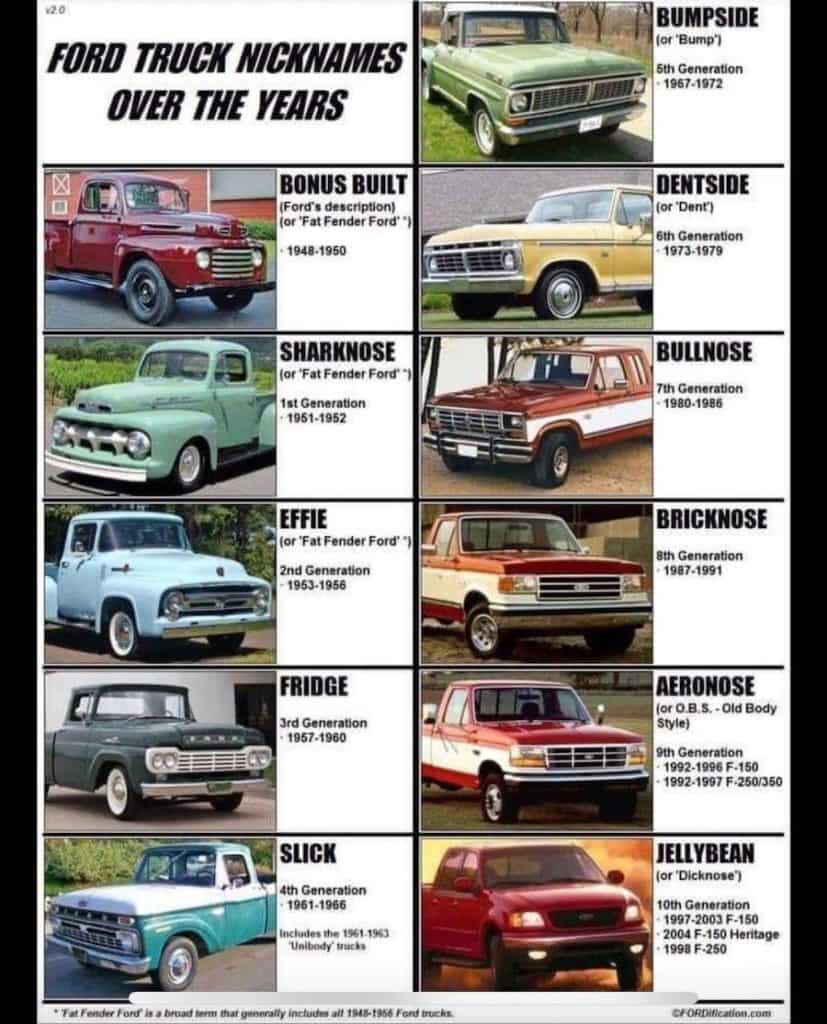
Read more about the history of the Ford F-100 in this post
3- GM/Chevy 3100 (Advanced Design) 1947-1955
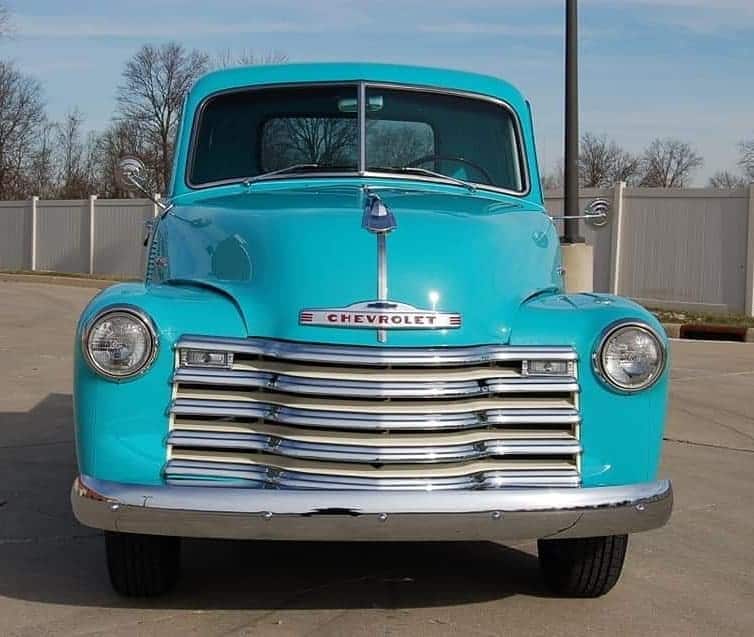
This model was the first major redesign by G/M Chevy after WWII. They became available on the market in mid 1947. There are a large amount of survivors in this series as GM ramped up production to meet the post war demand.
The cabs of these models are much roomier than previous models and are easy to work on. Replacement parts for these years are easy to find and are relatively cheap.
With their rounded fenders and long bodies the Chevy 3100 makes a great restoration project for the first time builder.
These trucks are easily found in various conditions almost anywhere in the country. As in most restorable trucks many of them will have rust in the usual places, cab corners, floor boards and inner fenders. A good inspection will pay off as some may have too much rust to repair.
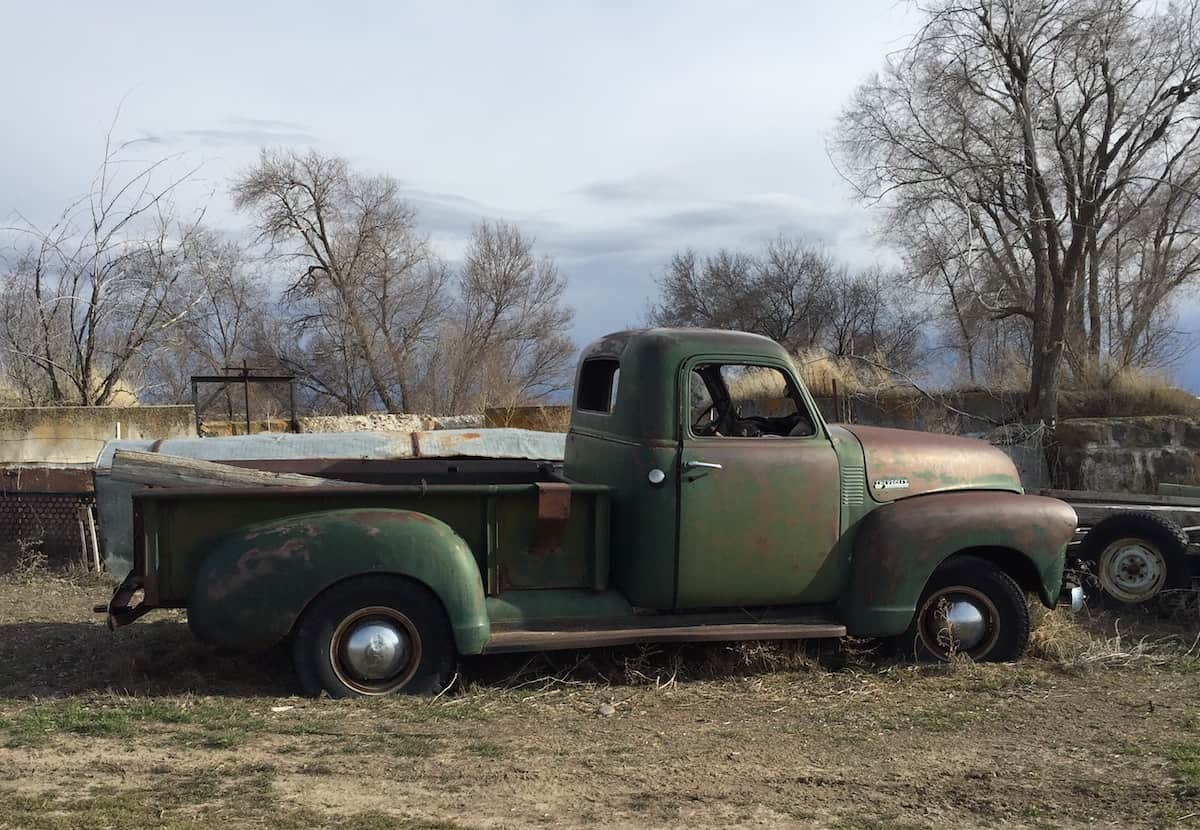
Patch panels for body repairs are easily found and with a little practice with welding and bondo your repairs can be made to make your project look like a new truck again.

These models did not originally come with a lot of drivetrain options. You can easily drop in an LS motor or any V8 as they have ample room to work with. Here is a list of the engine and transmission options offered for these years:
| Engine | 216 cubic inch I6 | 1947-1953 |
| 235 cubic inch I6 | 1954-1955 | |
| 261 cubic inch I6 | 1954-1955 | |
| Transmission | 3/4 speed manual | 1947-1955 |
| 4 speed hydramatic automatic | 1954-1955 | |
4- 1967-72 Ford F-100’s


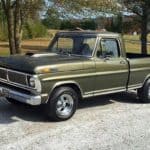
This model of Ford trucks are known as the fifth generation of the Ford F series. This model is a totally different look from the fourth generation with its sharper styling lines and larger cab.
These years had three trim models to choose from. They were changed from the original “Base” trim to become the “Custom” and the “Custom Cab” became the “Sport Custom“. These two models joined the “Ranger” with different levels of trim and options. Later on in production the ranger had an additional upgrade to the Ranger XLT.
These F-100’s are starting to become more popular as rebuildable trucks as they are very well made and are quite durable. Because of the twin I beam front axles the truck has a very comfortable ride.

As they say in the commercials– these trucks are built Ford tough. We had one of these on the farm growing up and it survived four teenage boys learning to drive, hauling hay, hauling livestock, or whatever we called on it to do.
These 67-72 Ford F100 models are still easy to find and won’t cost you too much to get into.

These model years came with a lot of different drivetrain options to choose from depending on what your intentions were for the truck:
| Engine | Years | Power |
|---|---|---|
| 240 cubic inch I6 | 1967–72 | 150 hp |
| 300 cubic inch I6 | 1967–72 | 170 hp |
| 352 cubic inch V8 | 1967 | 208 hp |
| 360 cubic inch V8 | 1968–72 | 215 hp |
| 390 cubic inch V8 | 1968–72 | 185 hp |
| 302 cubic inch V8 | 1969–72 | 205 hp |
Transmission offerings were much the same as they had been for years. You could select a “three-on-the-tree” column-mounted 3-speed manual, a 4-speed manual, or a 3-speed Cruise-O-Matic automatic.
5- GM/Chevy 1960-1966

I will always remember the baby blue 1964 Chevy short box that my older brother drove in high school. Baby moons, cutouts and a great natural rake made it a beautiful truck.
These trucks were launched in the fall of 1959 and were marketed under the GMC and Chevrolet brands which included a wide selection of trucks. They are most commonly associated with pickup trucks but also included medium and heavy duty trucks.
The “C’ in “C/K” denoted a 2×4 truck while the “K” denoted the 4X4 trucks.
One of the features of the years 1960, 1961, and 1962 models was torsion bar front suspensions and rear trailing arm suspensions. These years had two trim lines “Base and “Custom”. In 1963 a coil-spring front suspension replaced the torsion bar system.
For the year 1964 the cab was modified while doing away with the wrap-around windshield. For 1965 air-conditioning was added as an option.
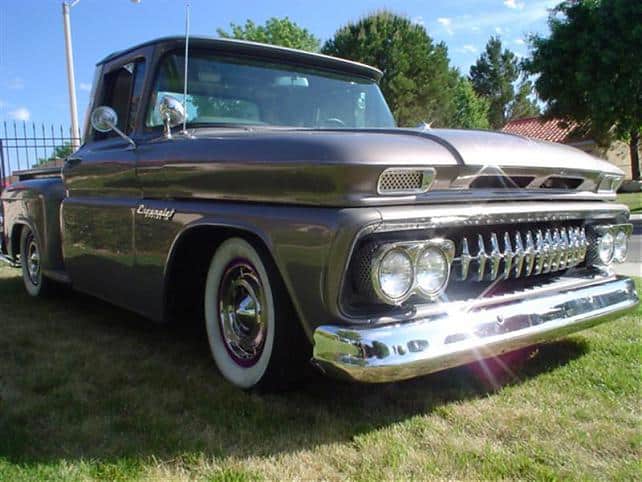
These trucks are also very desirable for collectors and builders alike as they have their own classic Chevy look.
Heres an example of what can be found sitting around the country side waiting for you to rebuild:
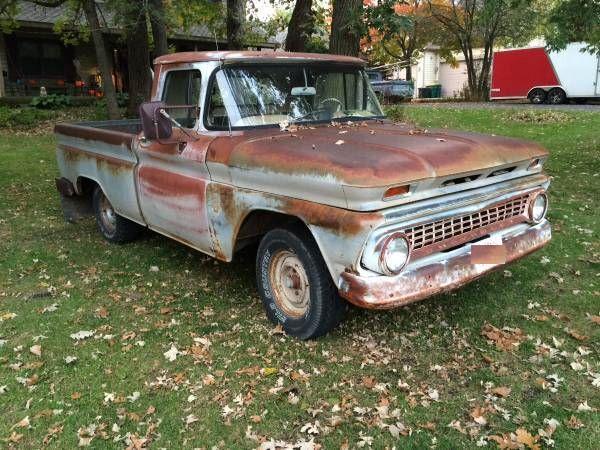
There were many engine options over the six years they were produced with the 327 V8 being the most sought after. Here is a list of the options available on these fun little trucks:
| Engines | 230 cubic inch I6 |
| 236 cubic inch I6 | |
| 250 cubic inch I6 | |
| 261 cubic inch I6 | |
| 292 cubic inch I6 | |
| 305 cubic inch V8 | |
| 283 cubic inch V8 | |
| 327 cubic inch V8 | |
| Transmissions | 3-speed synchromesh manual |
| 4-speed synchromesh manual | |
| 2 speed Power-glide automatic |
6- Ford F Series Fourth Generation 1961 to 1966
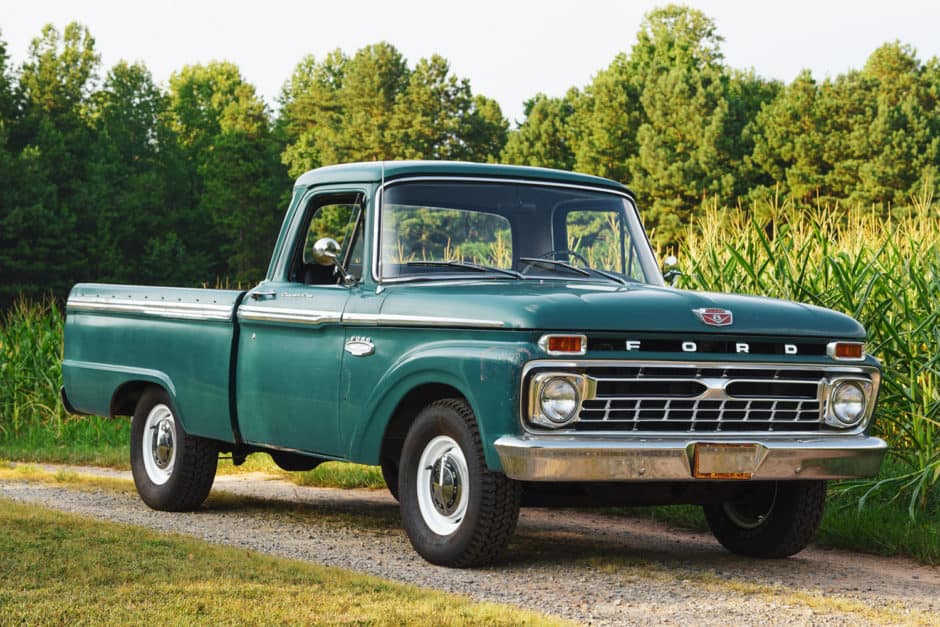
This is a model that I learned how to drive while growing up on my parent’s farm. It was a bare-bones model with a six cylinder and a 4-speed transmission. One of the best parts of being raised on a farm was being able to drive as soon as you could reach the pedals.
These fourth generation models of the Ford truck line was produced from October 1960 to August 1966. This model looks sleeker and is a little wider than the model that preceded it.
Ford used the name “Ranger” for the first time in 1965. This model could include bucket seats, carpeting and a console if desired. The Ranger model was intended to promote sales to those who wanted a more sporty truck that was comfortable to drive.
In this model of trucks Ford introduced the unibody trucks. On these models the cab and the bed are one piece which made them less expensive to build. These new models were built along with the traditional separate Flareside beds. This unibody was limited to the two wheel drive F-100 and F-150 models. Due to low sales and problems with rumors of the doors sticking shut this model was dropped from production partway through the 1963 model year.

If this is the body style of Ford that you like you are in luck because they are easily found and are not too expensive. The unibody is a different story as they were a limited production model. Parts are easily found and engine swaps are pretty easy for the fleet-sides.

The drivetrains had several options to suit individual needs:
| Engine | Model Years | Power |
|---|---|---|
| 223 cubic inch I6 | 1961–64 | 114 hp |
| 262 cubic inch I6 | 1961–64 | 132 |
| 292 cubic inch V8 | 1961–64 | 170 hp |
| 240 cubic inch I6 | 1965–66 | 150 hp (112 kW) |
| 300 cubic inch I6 | 1965–66 | 170 hp (127 kW) |
| 289 cubic inch V8 CID (Mexican market) | 1965–66 | 160 hp (119 kW) |
| 352 cubic inch V8 | 1964–66 | 208 hp (15 |
| Ford-O-Matic transmission | ||
| Cruise-O-Matic transmission | ||
| 3 speed manual transmission | ||
| 4 speed manual transmission |
7- 1946-1968 Dodge Power Wagon
The Power Wagon is a medium duty four wheel drive truck that Dodge manufactured from 1945 to 1980. These trucks were the first mass-produced four wheel drive mid duty trucks built in America and are the predecessors to all the four wheel drive trucks in production today.
These are the most popular Dodge models for rebuilders and collectors. There rugged looks make them look like they can go anywhere, but don’t expect to do it in comfort.
The early civilian versions were called the “flat fender” Power Wagon and was based off of Dodge’s WWII military trucks. Variations of this rough and rugged Dodge continued in the truck line up until 1964.
Dodge is one of the trucks that are not as easy to find as your three major brands because they made a limited number of Power-wagons and parts are much harder to find than your typical Chevy or Ford. While these trucks can be a challenge to restore they are very popular at car shows because of their uniqueness and ruggedness.

In 1957 Dodge came out with the first civilian Power-Wagons, the W100, W200, panel trucks and the town wagons. These were all conventional cab trucks based on the two wheel drive models and were built with the same sheet metal and cargo boxes. They used outside manufacturers for the transmissions, axles and transfer cases.

During its initial development phase, it was named the WDX General Purpose Truck. This name is still used on some of the early parts and materials handed out by Dodge, as sales began in March 1946. These can be very hard to find as there was not a great many manufactured.
There were not a lot of drivetrain options compared to the other brands:
| Engines | 230 cubic inch (3.8 L) Flathead Inline 6 |
| 251 cubic inch (4.1 L) Flathead Inline 6 | |
| Transmission | 4 speed nonsynchro |
8- 1969-1975 International D Series
The International line of trucks were mostly purchased as farm and construction trucks for there ruggedness and durability. Many people associated these with the line of farm equipment built by International Harvester Equipment Company so would opt more for the big three models instead.
In 1969 International changed their models to the “D”(1000-1500) series replacing the old “C” series. This is considered their light line of trucks.
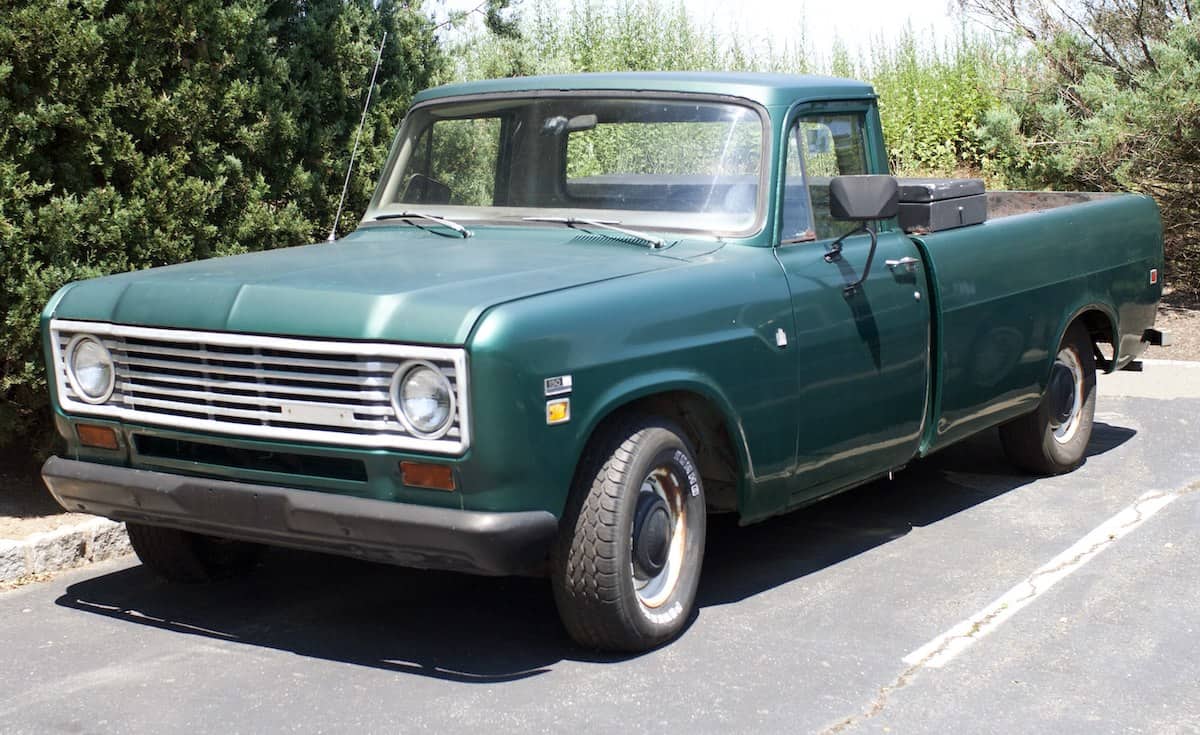
For 1971 these models underwent a not so noticeable body change that included a plastic grille. They also changed the name of the light line models to 1010 through 1510 depending on the weight ratings.
In 1974 the International changed the name again to the 100, 150, 200 or 500 models. Again the changes were minimal with it only being a new metal grille.
These trucks are not as popular among collectors and project builders, but they do have a following. Parts are more difficult and more expensive to buy than your other models, but can be a fun build none the less.
Here is what your typical model will look like if you can find one.

The 1969 to 1975 model years did have quite a few drivetrain choices:
| Engines | 232 cubic inch Inline 6 |
| 258 cubic inch Inline 6 | |
| 266 cubic inch V8 | |
| 304 cubic inch V8 | |
| 345 cubic inch V8 | |
| 392 cubic inch V8 | |
| 401 cubic inch V8 | |
| 400 cubic inch V8 | |
| Transmissions | 3,4,5, speed manuals |
| 3 speed Borg Warner Automatic | |
| 3 speed Chrysler 727 Automatic |
9- 1973-1987 GMC & Chevy
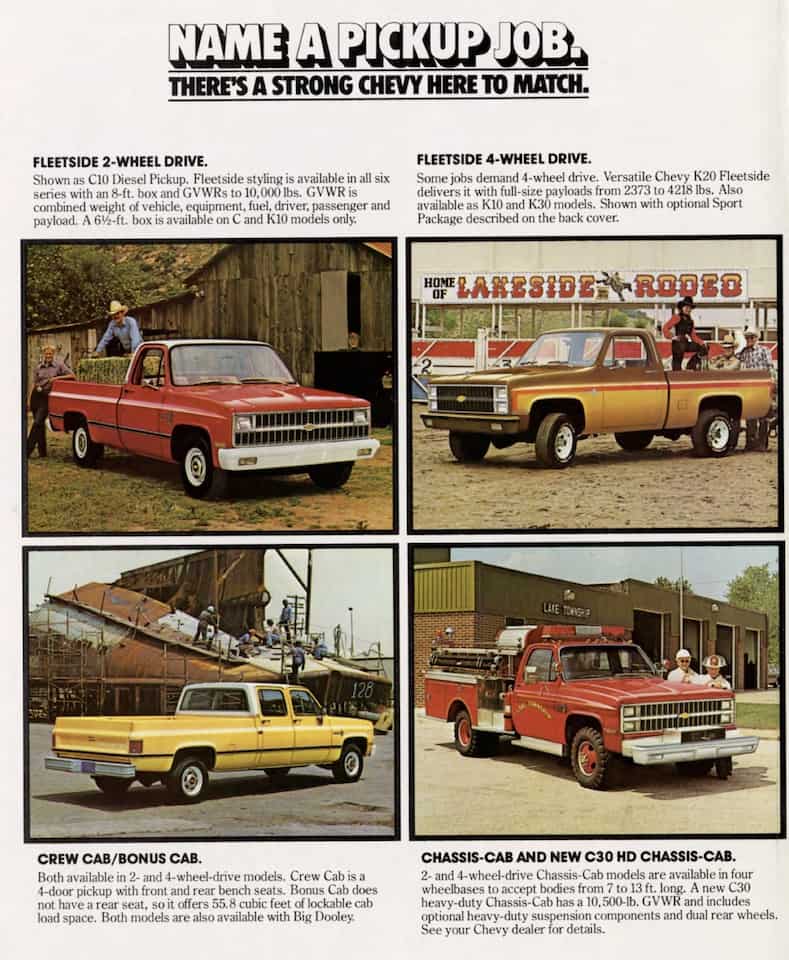
These are the GM models that we still see so many of on the road today. These were a great selling truck so they were produced in very high numbers and the market for them has held up very well.
These trucks can be purchased and used as daily drivers and are more likely to have factory air conditioning, carpeting, automatic transmissions and other car-like amenities, as General Motors was trying hard to sell a car-like truck to the average consumer.

Each year these models are becoming more and more popular with collectors and restorers. The short box models are the most popular and are being bought up fairly fast. They are still easy to work on and parts are very easy to find. If 4×4’s are your thing there are still plenty to be found. You will pay more for the 4×4 short boxes as they are becoming fewer and fewer.
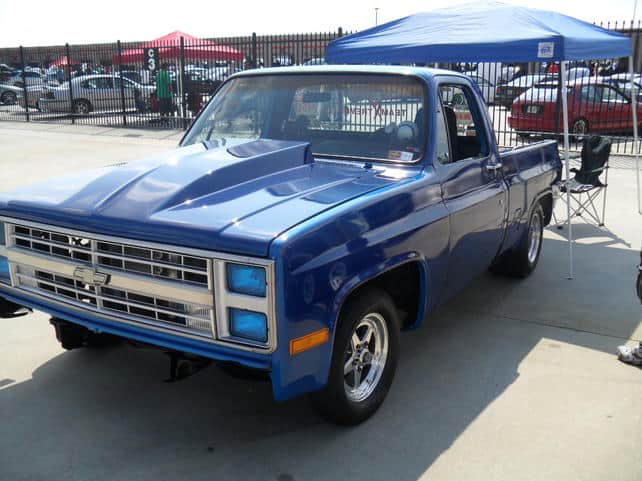

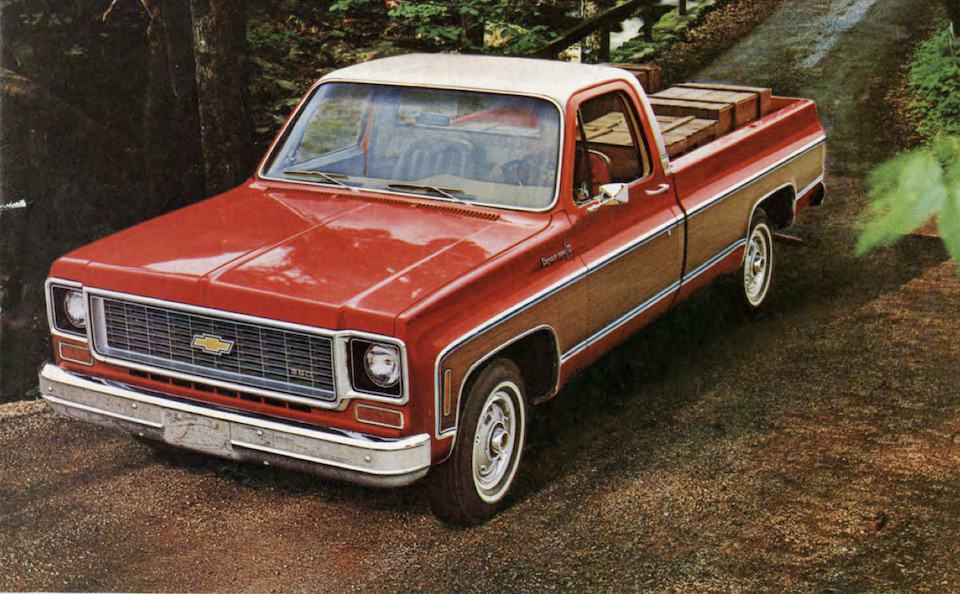
The production of these models went on for a lot of years so there were a lot of engine and transmission combinations made. These square bodies are all good candidates for a BBC or an LS insert.
| Engines | 250 cubic inch Inline 6 |
| 292 cubic inch Inline 6 | |
| 262 cubic inch V6 | |
| 305 cubic inch V8 | |
| 350 cubic inch V8 | |
| 366 cubic inch V8 | |
| 400 cubic inch V8 | |
| 454 cubic inch V8 | |
| 350 cubic inch Olds Diesel | |
| 379 cubic inch Detroit Diesel | |
| Transmissions | 3 speed turbo-hydramatic 350 |
| 3 speed turbo-hydramatic 400 | |
| 4 speed turbo-hydramatic 700R4 | |
| 3 speed saginaw | |
| 4 speed saginaw | |
| 4 speed new process |
The Tool Box
Everyone needs a good sturdy workbench to do your projects on. This one is a very sturdy four foot long bench with a 1 1/2 inch thick hardwood slab. Comes lighted with all metal drawers. A step above what I am using now but will be on my list for my next tool order.

I personally use Craftsman tools and have never been disappointed in them. I’ve had my set for over thirty years and have never had to replace any of them except for when I lose one. This would be a good starter set to begin or add to your tool collection.
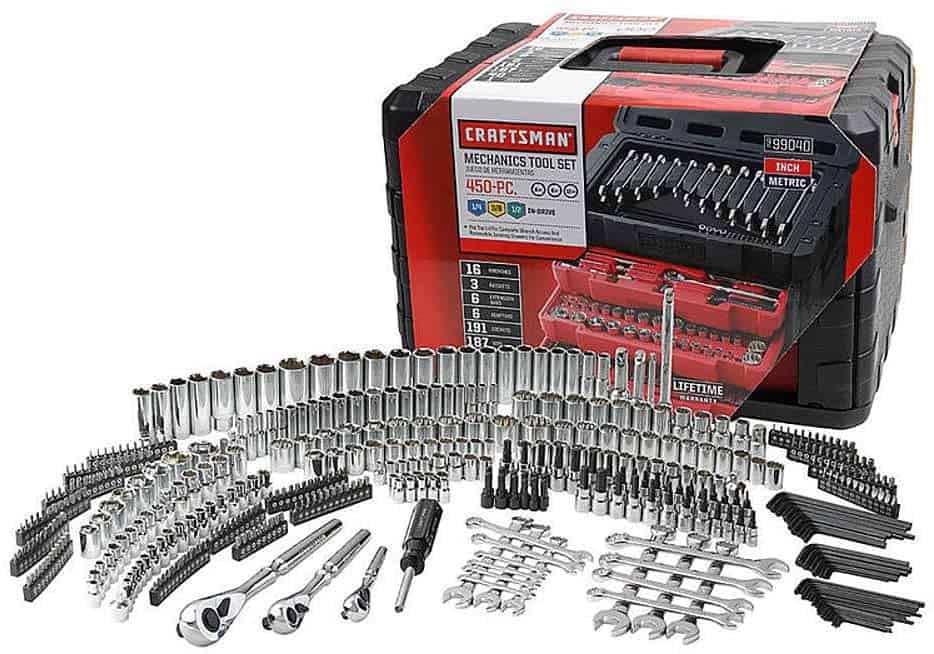
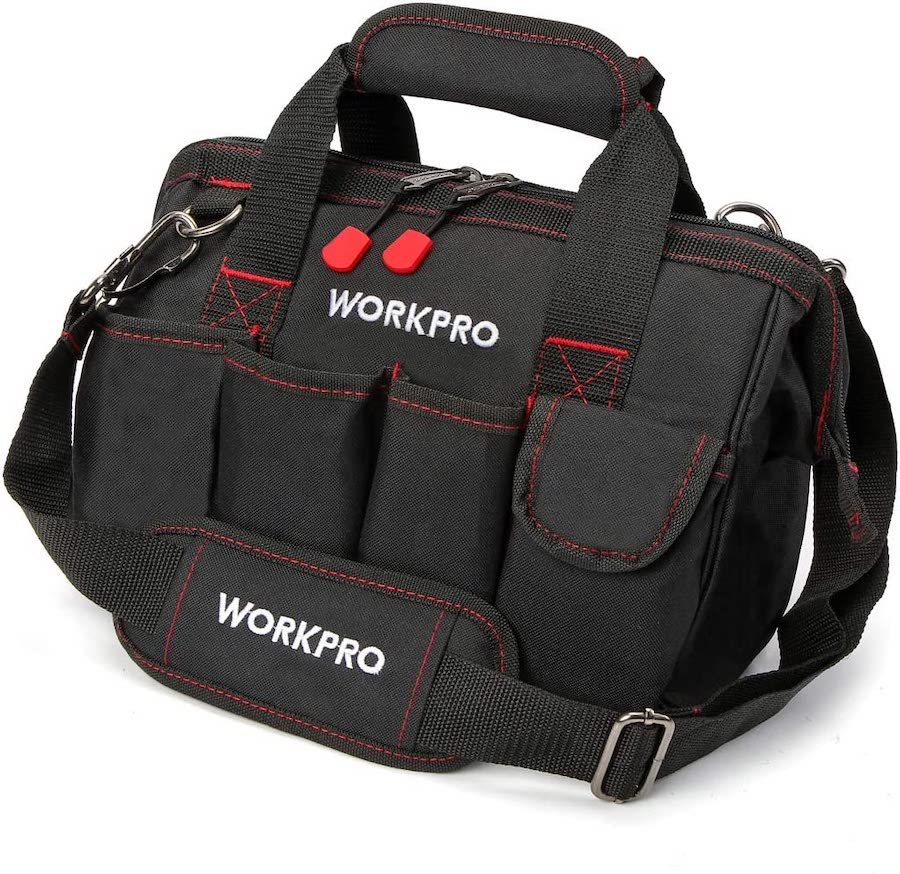
Related Topics
When did Jeep build pickup trucks? The first pickup truck that Jeep built was manufactured from 1947 to 1965 and was called the Willys Jeep Pickup Truck. It was a 1-ton, four-wheel drive and was available as a pickup truck, platform stake truck, chassis cab or bare chassis. They also made a 3/4 ton two wheel drive model in 1949. In 2018 Jeep started producing their new pickup, the Gladiator.
Who sells the most pickup trucks in America? Ford and GM run neck and neck every year with GM edging out Ford most years. Dodge brings up a distant third selling approximately 1/3 less trucks each year. Toyota, Nissan and Honda lag behind the top three by quite a distance.
Sources: 67-72chevytrucks.com
The Old Car Manual Project
Edsall, Larry. Chevrolet Trucks: 100 Years of Building the Future. United States, Motorbooks, 2017.
Davis, Michael WR. Chevrolet: 1960-2012. Arcadia Publishing, 2012.
1950-1959 Ford Trucks, HowStuffWorks. June 20, 2007
Bunn, Don (1998). Classic Ford F-Series Pickup Trucks, 1948-1956
